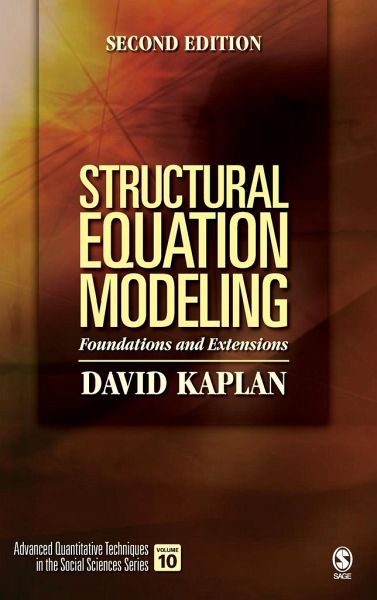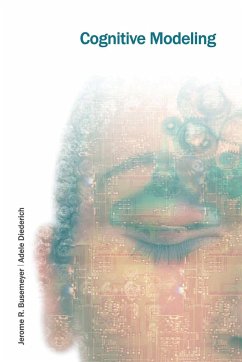
Structural Equation Modeling
Foundations and Extensions
Versandkostenfrei!
Versandfertig in 1-2 Wochen
148,99 €
inkl. MwSt.

PAYBACK Punkte
74 °P sammeln!
Thoroughly revised to address the recent developments that continue to shape the use of structural equation modeling (SEM) in the social and behavioural sciences, the Second Edition of Structural Equation Modeling author has restructured the book into three defined sections: - the foundations of SEM, including path analysis and factor analysis - traditional SEM for continuous latent variables, including assumption issues as well as latent growth curve modeling for continuous growth factors - SEM for categorical latent variables, including latent class analysis, Markov models (latent and mixed ...
Thoroughly revised to address the recent developments that continue to shape the use of structural equation modeling (SEM) in the social and behavioural sciences, the Second Edition of Structural Equation Modeling author has restructured the book into three defined sections: - the foundations of SEM, including path analysis and factor analysis - traditional SEM for continuous latent variables, including assumption issues as well as latent growth curve modeling for continuous growth factors - SEM for categorical latent variables, including latent class analysis, Markov models (latent and mixed latent), and growth mixture modeling. Through the use of detailed, empirical examples, Kaplan demonstrates how SEM can provide a unique lens on the problems social and behavioural scientists face. The book has been enhanced with certain features that will guide the student and researcher through the foundations and critical assumptions of SEM.














